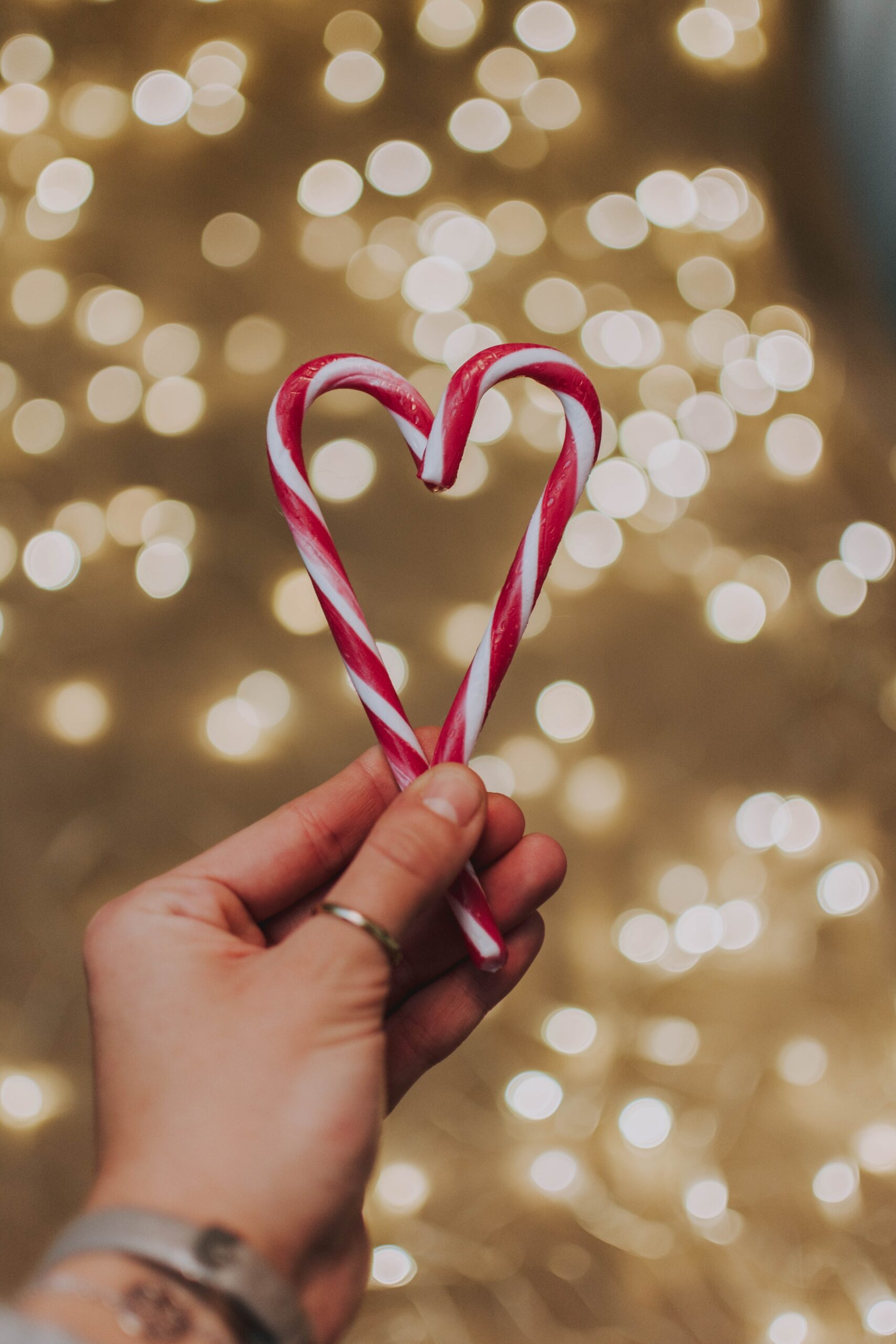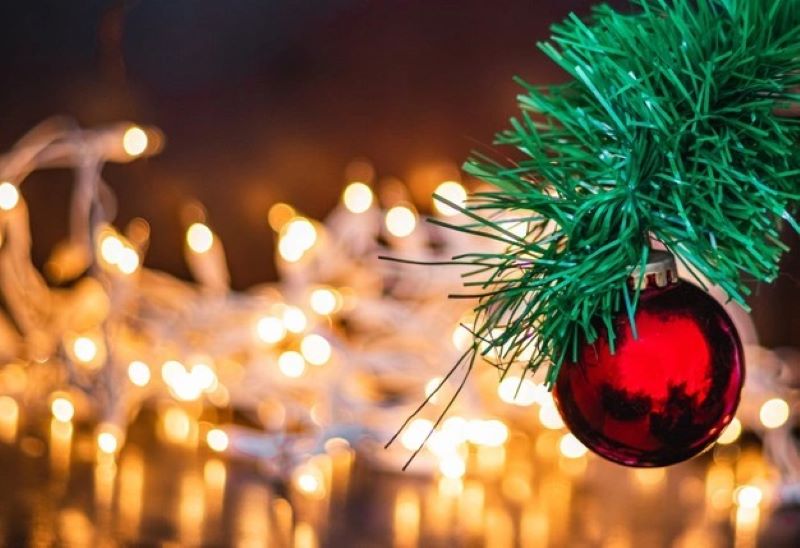Christmas is a holiday celebrated all over the world and it’s one of the most anticipated times of the year. The holiday is associated with gift-giving, decorations, and traditions that are unique to each country. The winter solstice was initially celebrated by the Pagans and the Romans, while Christians celebrated the birth of Jesus Christ. In this article, we’ll explore the various Christmas traditions that occur around the world.
Christmas in Europe – A Tapestry of Timeless Traditions
In Eastern Europe, Christmas Eve is celebrated on January 6th. The holiday is called “Vostochnaya,” and the celebration includes fasting for the day, followed by a 12-course meal. The meal consists of traditional foods such as beetroot soup, fried fish, and sweet pastries. Before sitting down to eat, families light candles and offer prayers. It’s believed that the more courses of food eaten during that meal, the more successful the upcoming year will be.
In Spain, Christmas is celebrated with “La Nochebuena,” which means “Good Night.” On Christmas Eve, families gather to have a big feast, which includes dishes like roasted lamb, shrimp, and almond soup. After the meal, people go to midnight mass to celebrate the birth of Jesus Christ. In Spain, it’s customary to give each other small figurines called “Belén,” which represent the nativity scene.
In Sweden, Christmas Eve is also celebrated on December 24th. The celebration starts with a traditional meal of ham, potatoes, and red cabbage. The meal is usually followed by singing Christmas carols, and then presents are opened. The most famous Swedish Christmas tradition is the “Julbock,” a straw goat, which is still widely used as a decoration during the holiday season.
In Russia, Christmas is celebrated on January 7th. The celebration is called “Rozhdestvo,” and it starts with a day of fasting. The following day, people have a big meal, which includes traditional dishes such as “Kutya,” a sweet porridge made of wheat kernels, honey, and poppyseed. Decorating fir trees is also a significant part of Russian Christmas celebrations.
In Mexico
Christmas starts with “Las Posadas,” a reenactment of Mary and Joseph’s search for a place to stay. The celebration lasts for nine days, and it takes place from December 16th to December 24th. Each night, people carry figures of Mary and Joseph to different homes, and they sing songs asking for shelter. When the procession finally reaches the intended house, the family welcomes everyone inside for a big feast. On Christmas Eve, children hit a star-shaped piñata filled with candies and toys.
In Ghana
Christmas is celebrated with “Akwantuo,” which means “the festival of lights.” The celebration starts with a big feast, often consisting of rice, chicken stew, and plantains. After the meal, people light candles and lanterns and parade through the streets. The festival lasts for three days, and it’s a time for family reunions, dancing, and feasting.
In conclusion, Christmas is a holiday that brings together people from various cultures and traditions. Each country has its own unique customs associated with the holiday season, and each one is equally special. Whether it’s the gifts, the carols, or the decorations, it’s the spirit of togetherness and love that truly makes Christmas a magical time of the year.

